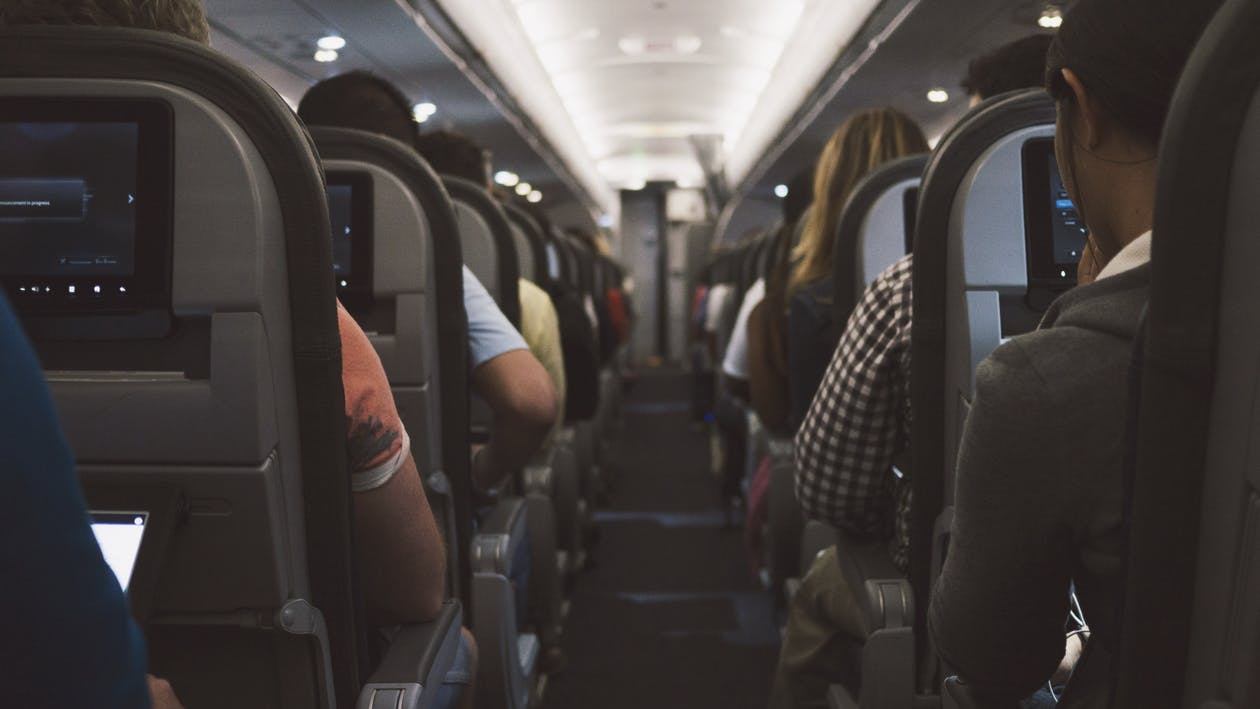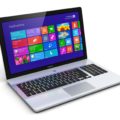Whether they’re on vacation or flying for business purposes, travelers are increasingly demanding quick, reliable airplane Wi-Fi.
Airlines, naturally, are making efforts to meet these demands. Jet Blue, for example, recently announced that free Wi-Fi will be available on all its domestic flights. And American Airlines – in an effort to make its on-flight wireless Internet significantly faster – recently switched to a new Wi-Fi provider.
With airplane Wi-Fi getting faster, what are some issues to consider?
There are a number of benefits to airplane Wi-Fi becoming faster and more reliable.
- Your employees will get more work done and make better use of their time, particularly on longer flights.
- Deadlines will seem less daunting, and your employees will be able to handle even last-minute problems on-the-go.
- They’ll have the means of working with more intense, data-heavy services, such as software and platforms that play videos.
Your seat on the plane, and your foldable tray, can truly become a workstation. However, keep in mind the following points:
- Whether Wi-Fi is available depends on the airline you’re using and where you’re flying. Although it’s becoming a more widespread part of air travel, you can’t always depend on having reliable Wi-Fi.
- Keep in mind the security risks of using airplane Wi-Fi. As you’re sharing a public network with other people, you may be vulnerable to hacking. Using a VPN connection is sometimes possible, and adding additional layers of security to your device, such as a firewall, can help too.
- Prepare to be charged for Wi-Fi use. The costs won’t necessarily be exorbitant, but don’t simply assume it will be free.
If you have any other questions about using airplane Wi-Fi, please contact us. We can help you handle the issues of efficient mobile work conducted from any location, including thousands of feet in the air.


Leave a Reply